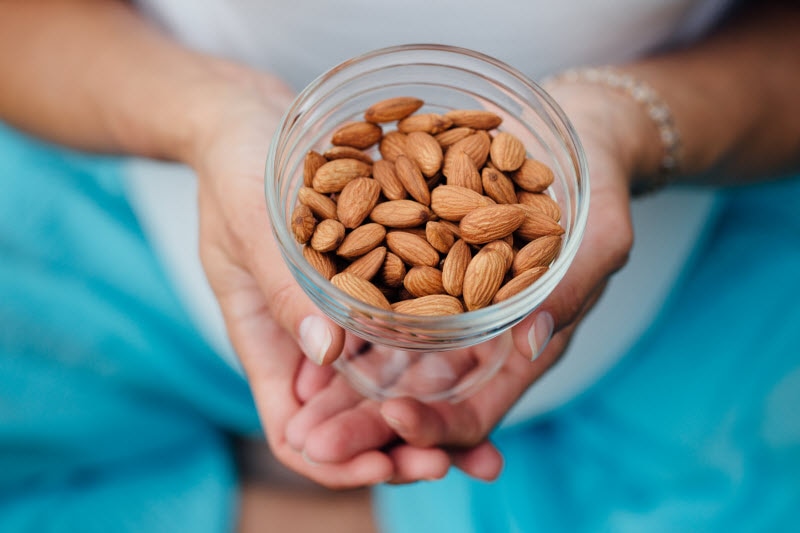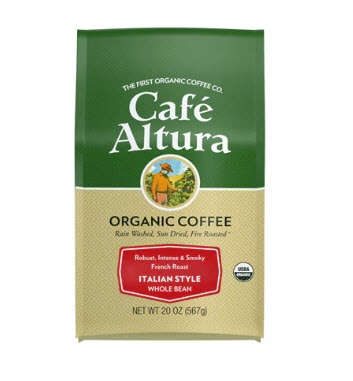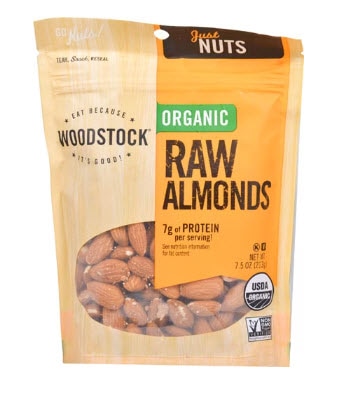We hear so much about endangered species, and rightfully so. In the U.S. alone, more than 1,300 plant and animal species face extinction, according to the U.S. Environmental Protection Agency.
You might be less aware of endangered foods, though. The Slow Food organization, which promotes access to “good, clean and fair food,” identifies nearly 6,000 endangered foods around the world. Slow Food warns that “these foods will not be around in another generation or two without immediate action.”
Which foods are endangered?
What’s putting these thousands of foods in danger? Slow Food says risk factors might be biological, commercial or cultural. However, climate change bears much of the blame for the endangered status of many foods.
Among the endangered foods cited by Experience Life magazine, the Spoon University website and other sources are:
- Almonds
- Apples
- Avocados
- Bananas
- Blueberries
- Chickpeas
- Chocolate
- Coffee
- Dates
- Fish
- Honey
- Maple syrup
- Peanuts
- Potatoes
- Rice
- Seafood
- Strawberries
- Wine
What’s causing foods to become endangered?
Experts typically point to climate change as the main culprit when it comes to foods being classified as endangered. Publishing company Gestalten says “identifiable causes” of food endangerment include:
- Rising temperatures
- Scarcity of fresh water
- Extreme, irregular weather patterns
- Habitat loss
- Deforestation
- Pollution
- Increased vulnerability to plagues
In an article published on the website for Yale University’s School of the Environment, food journalist Dan Saladino wrote: “The decline in the diversity of our food, and the fact that so many foods have become endangered, didn’t happen by accident; it is an entirely human-made problem.”
Saladino traced this human-made problem to the post-World War II era. That’s when crop scientists came up with ways to produce grains such as rice and wheat on a broader scale.
“To grow the extra food the world desperately needed, thousands of traditional varieties were replaced by a small number of new, super-productive ones,” Saladino wrote. “The strategy that ensured this — more agrochemicals, more irrigation, plus new genetics — came to be known as the ‘Green Revolution.’”
Saladino noted that since the dawn of agriculture about 12,000 years ago, humans have domesticated about 6,000 plant species for food. Today, only a handful of species account for the bulk of our calorie intake.
The “danger of creating more uniform crops is that they become vulnerable to catastrophes,” Saladino observed. “A global food system that depends on just a narrow selection of plants is at greater risk of succumbing to diseases, pests and climate extremes.”
What can you do about endangered foods?
While it might seem like we can’t stop foods from going from endangered to extinct, we can take steps in our everyday lives to help. Here are six suggestions from Experience Life magazine, the Center for Biological Diversity and the journal Proceedings of the National Academy of Sciences:
Diversify the fruits and vegetables you eat.
Widening your fruit and vegetable choices can help lower dependence on endangered types of produce.
Buy locally grown produce.
Locally grown produce leaves a smaller carbon footprint than produce shipped from faraway farms does.
Select organic foods.
Purchasing organic foods helps decrease the use of agrochemicals. Mining phosphates for agrochemicals and manufacturing pesticides and herbicides contributes to greenhouse gas emissions.
Look for coffee made with shade-grown beans.
“Many plantations cut down canopy trees for more growing space, but traditional shade-grown methods reduce deforestation and support pollinators,” according to Experience Life.
Consume a plant-based diet.
“The more you reduce your meat consumption, the more you’ll have a positive impact on saving wildlife, habitat and the planet, with an entirely plant-based diet having the smallest environmental footprint,” says the biodiversity center.
Reduce food waste.
Cutting food waste in the U.S. by 50% could benefit biodiversity almost as much as switching the entire U.S. population to a planet-conscious diet, according to a study published in 2022 in Proceedings of the National Academy of Sciences.
“If you are lucky enough to have choices in what you can eat, then you have an opportunity — and I would say a responsibility — to choose well,” Smiran Sethi, author of Bread, Wine, Chocolate: The Slow Loss of Foods We Love, told Experience Life.
“Farmers can’t grow what we won’t eat,” Sethi added. “By choosing foods that are biodiverse, we not only build a market for more sustainable crops but help forge a food web that can better respond to climate shocks.”




